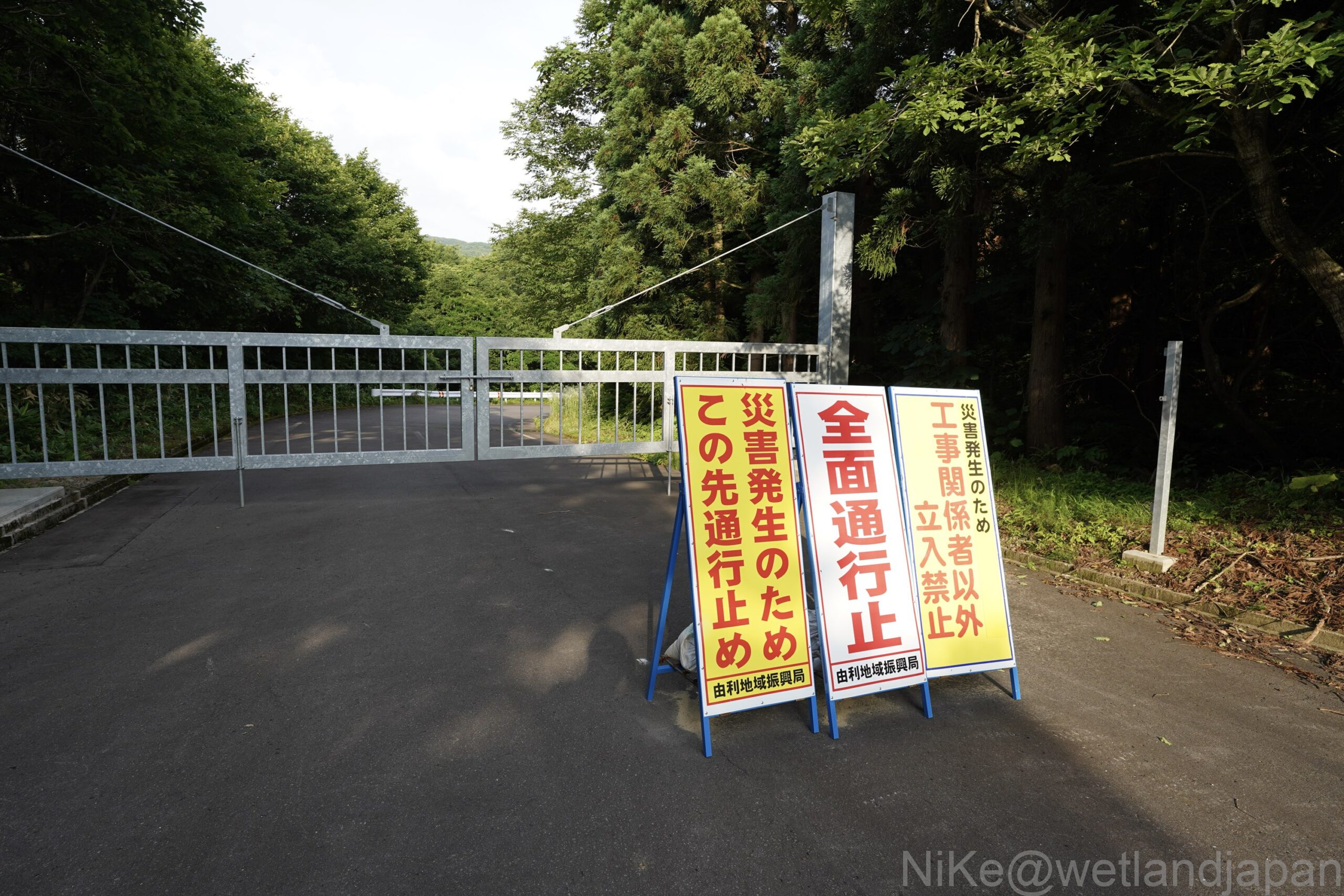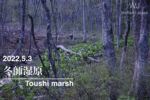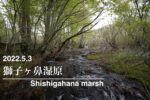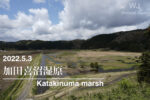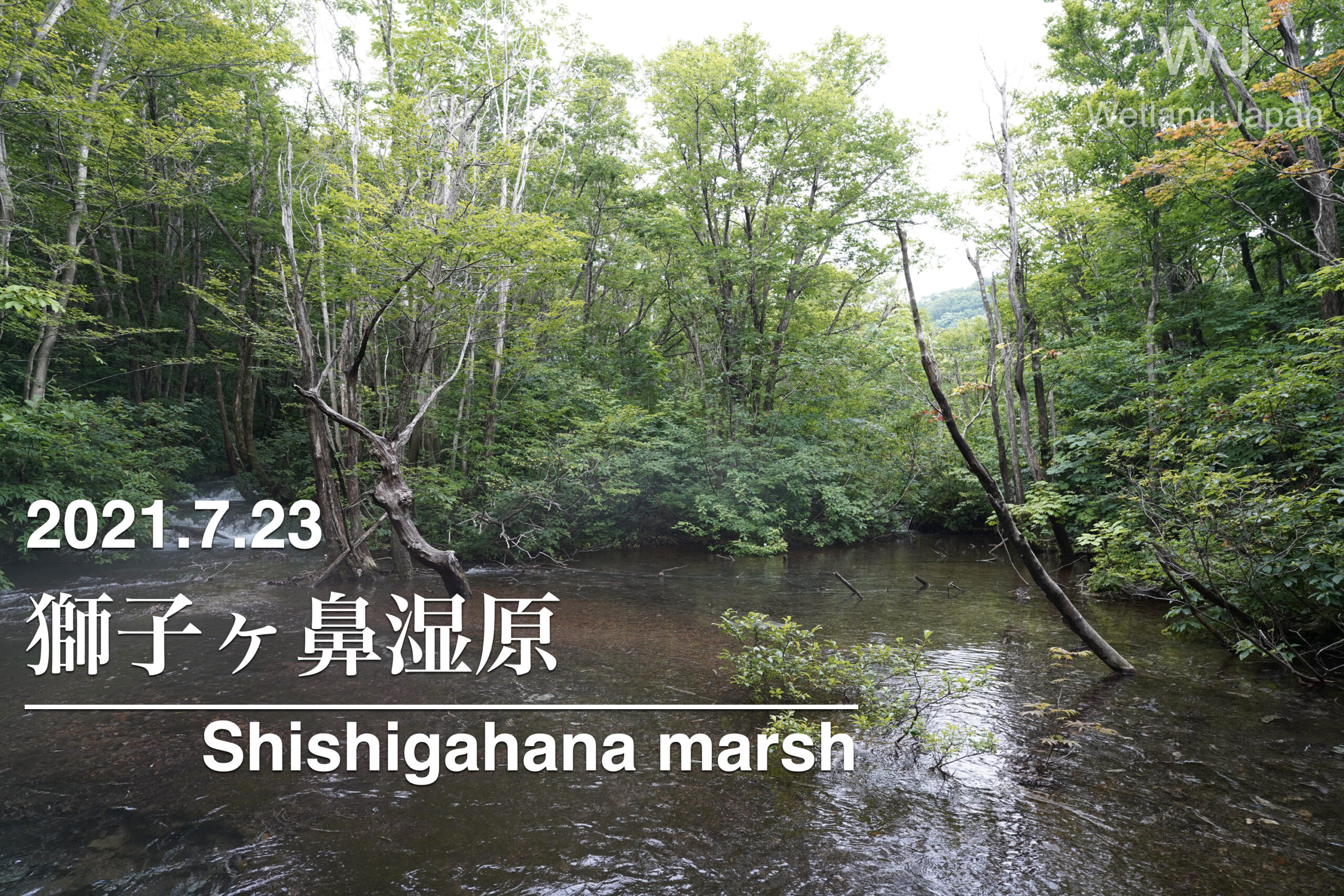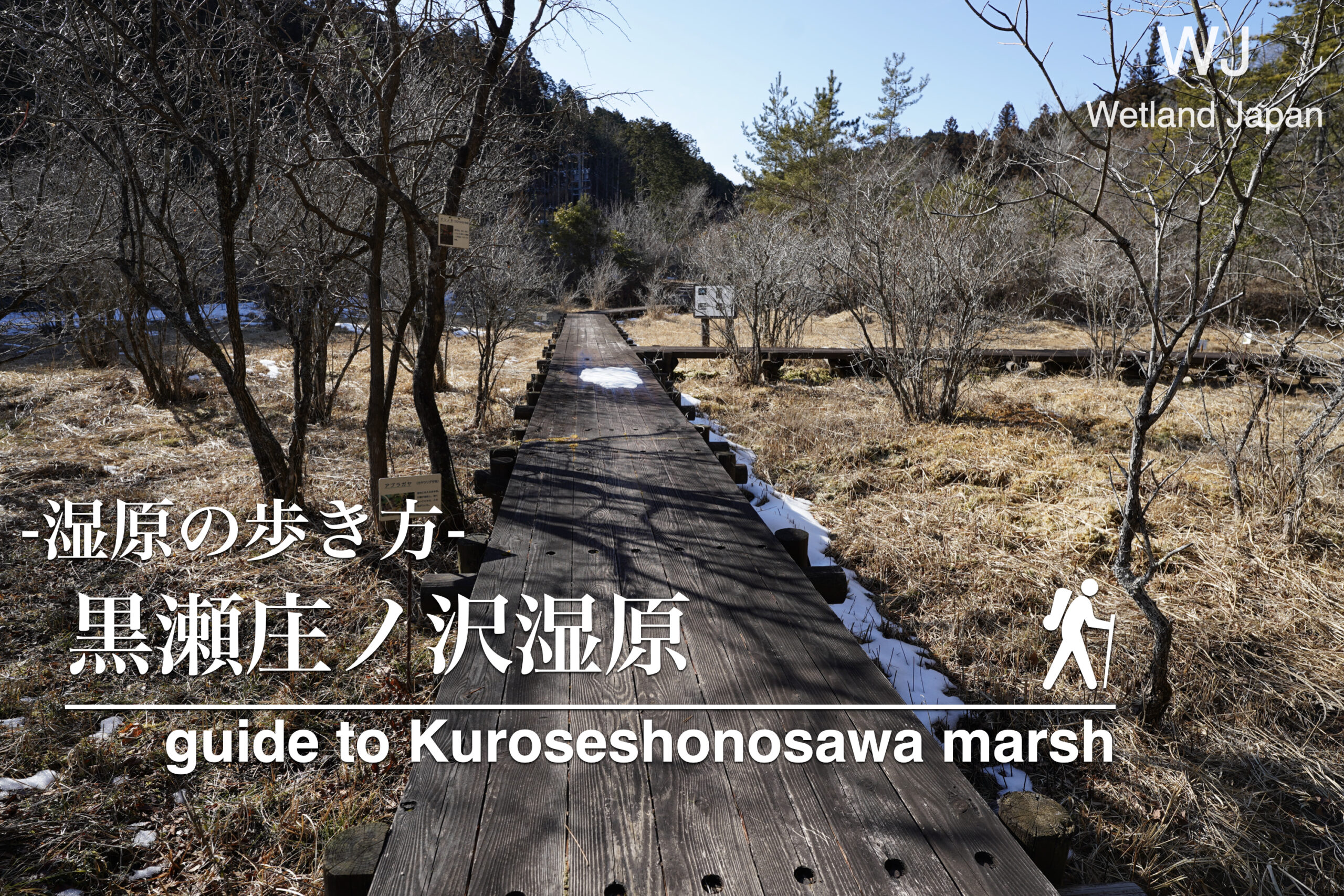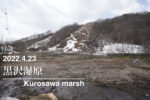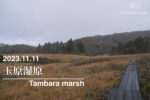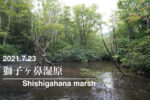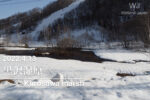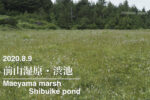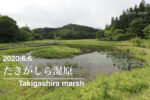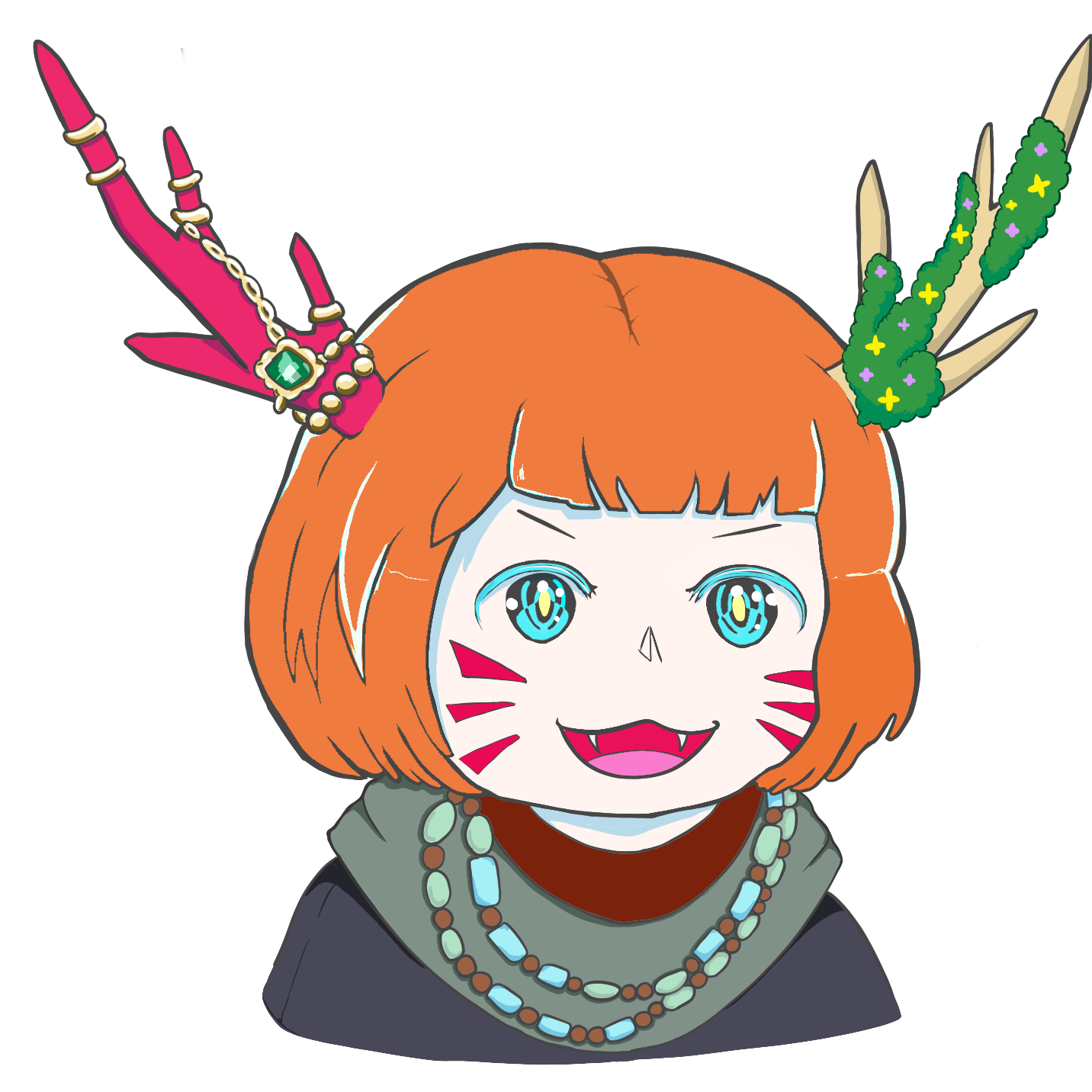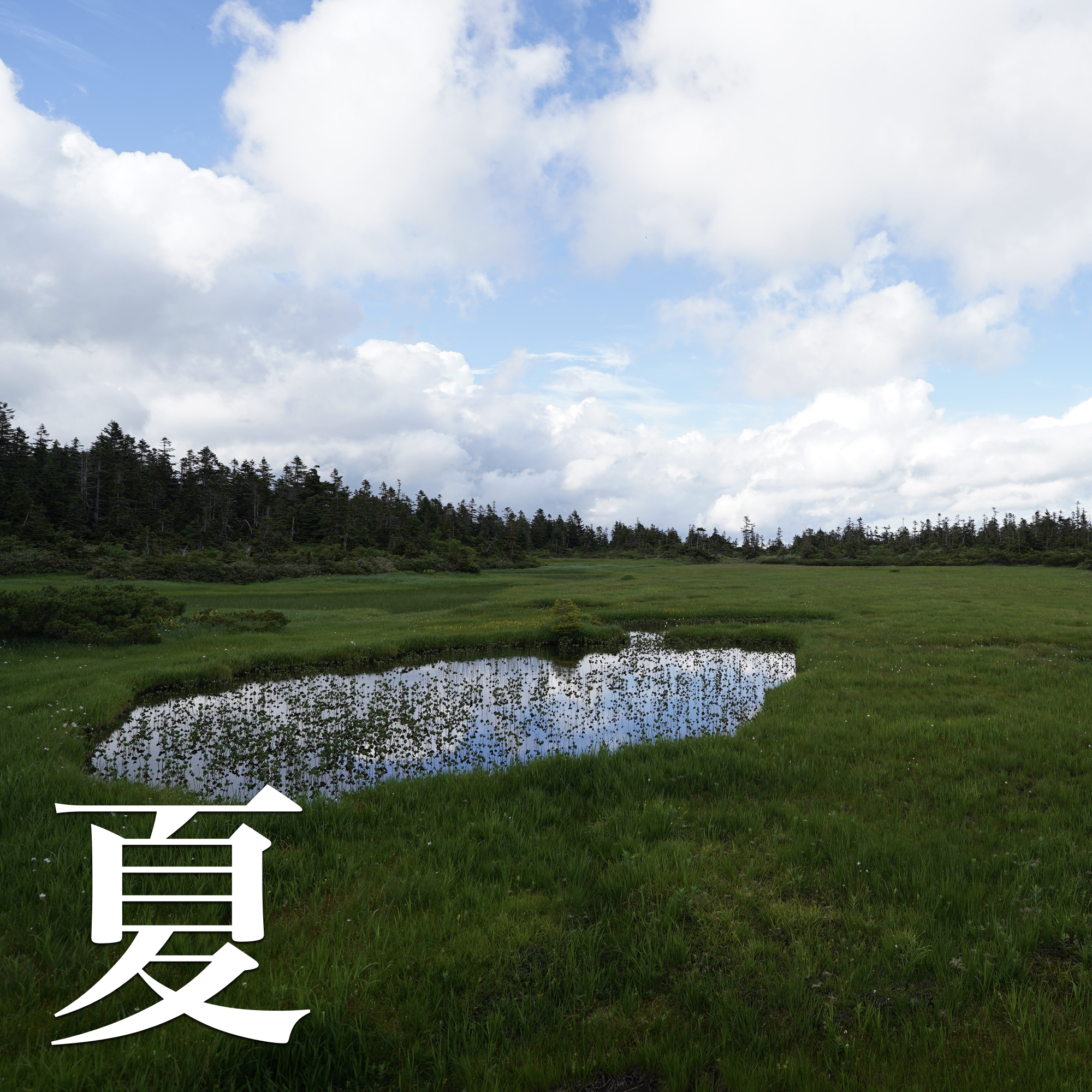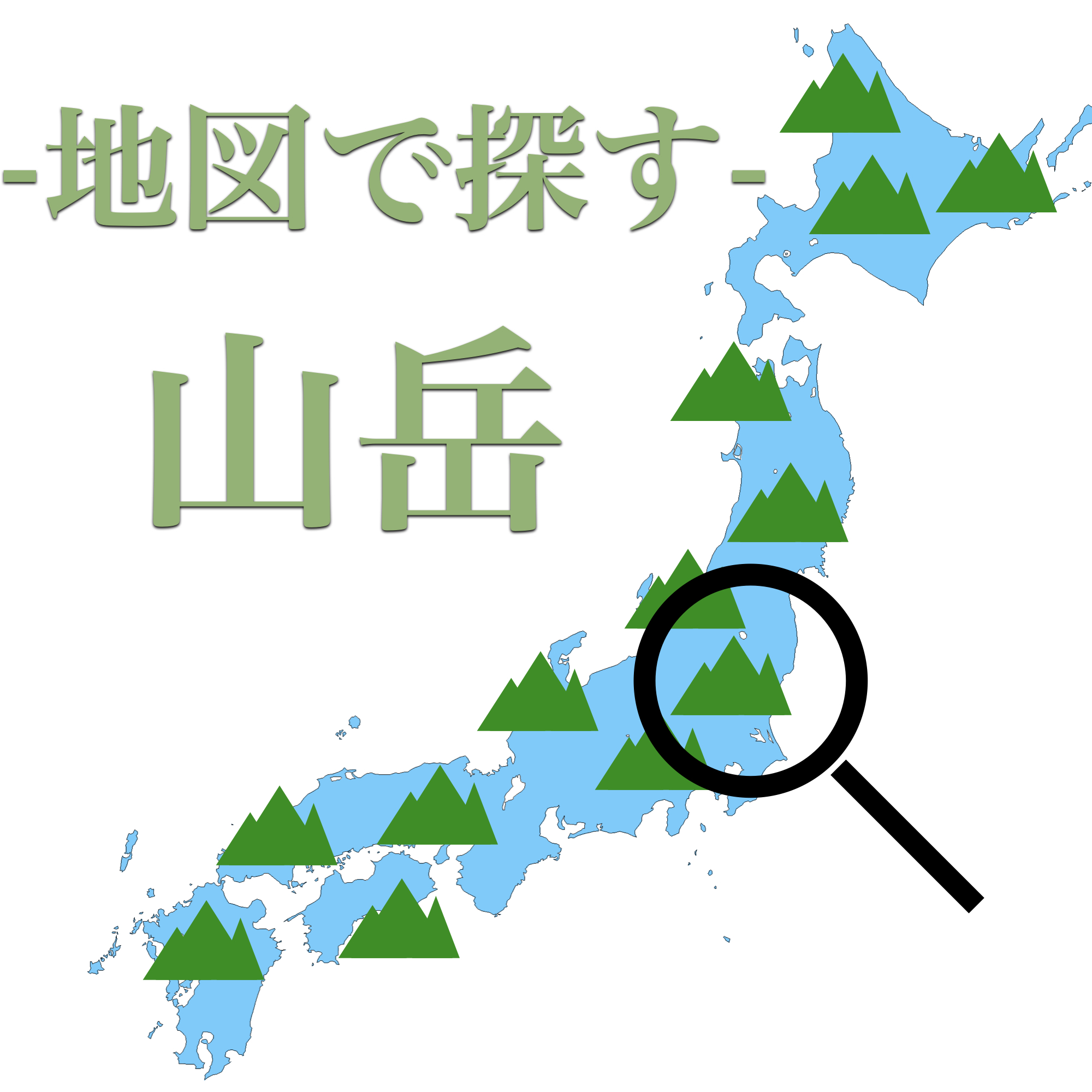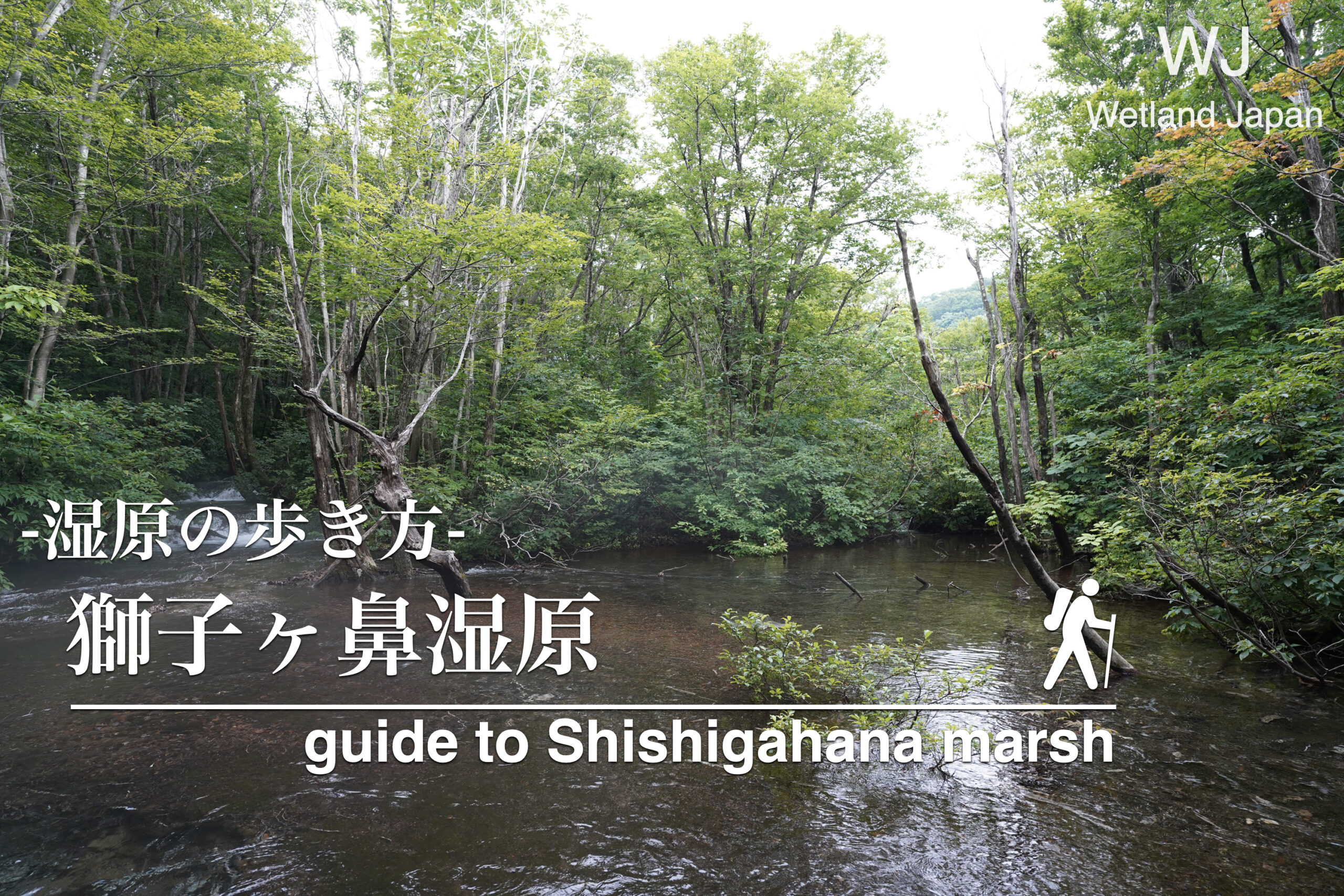
Shishigahana Marsh, located in Nikaho City, Akita Prefecture, is located at an altitude of approximately 550 meters on the northwest foot of Mount Chokai, and is a marsh surrounded by a deep beech forest.
This marshland is a rare wetland ecosystem formed by volcanic eruptions, lava flows, and the clear water that springs forth from them.
The area, including the plant communities and springs designated as a national natural monument, and the cliff at the end of the Shinzan lava flow, is preserved, and is home to a variety of natural attractions, such as the Chokai marimo and the deformed beech tree, Agariko Daio.
Get to know the marshes
table of contents
Get to know the marshes
Shishigahana Marsh is said to have been formed against the backdrop of volcanic activity and topographical changes at Mount Chokai.
Approximately 2,600 years ago, the northern foot of Mt. Chokai collapsed, forming the Higashi-Chokai horseshoe-shaped caldera.
The collapsed sediments then formed mudflows.
It is believed that the wetland was formed when several Shinzan lava flows flowed down on top of the mudflow, causing spring water to gush out from near the cliff at the end of the flow.
The springs that support this marsh, known as "detubos," produce clear water that is acidic with a pH of 4.4 to 4.6 and is maintained at a water temperature of approximately 7.2 to 7.3 degrees Celsius throughout the year.
This marshland is home to a large number of spherical moss colonies known as "Chokai Marimo," as well as rare moss species that are usually only found in high mountains.
The surrounding area is home to a forest of deformed beech trees known as "Agariko," creating a unique forest landscape woven together by the history of both man and nature.
This marshland, a combination of volcanoes, water, and beech forests, is of great geological and botanical value and is a place that offers visitors a mystical experience.
Touring the Marshes
Early May
This is the season when fresh greenery and flowers are beautiful. Personally, this is the best season.
There is still snow remaining, so be careful when walking.

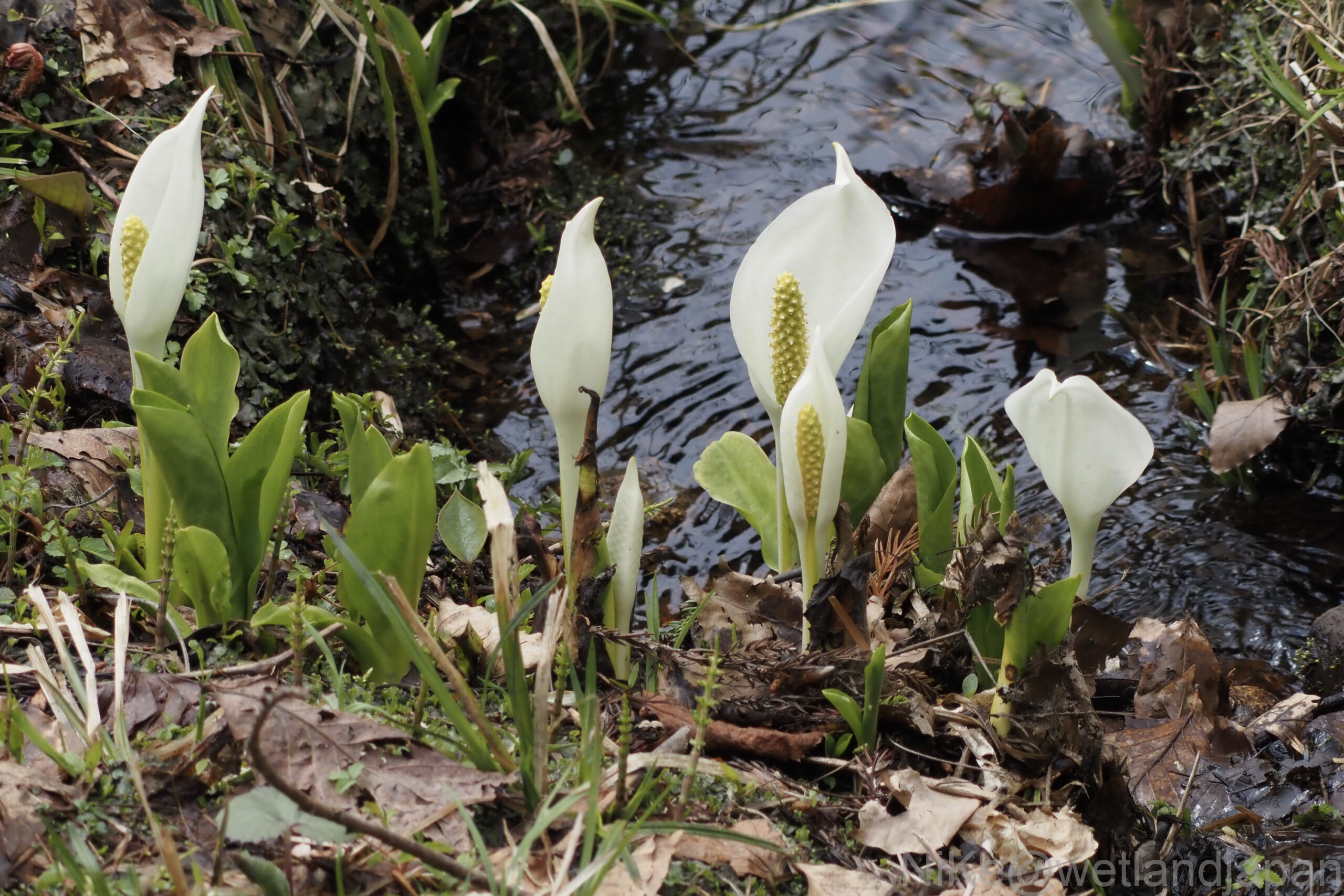
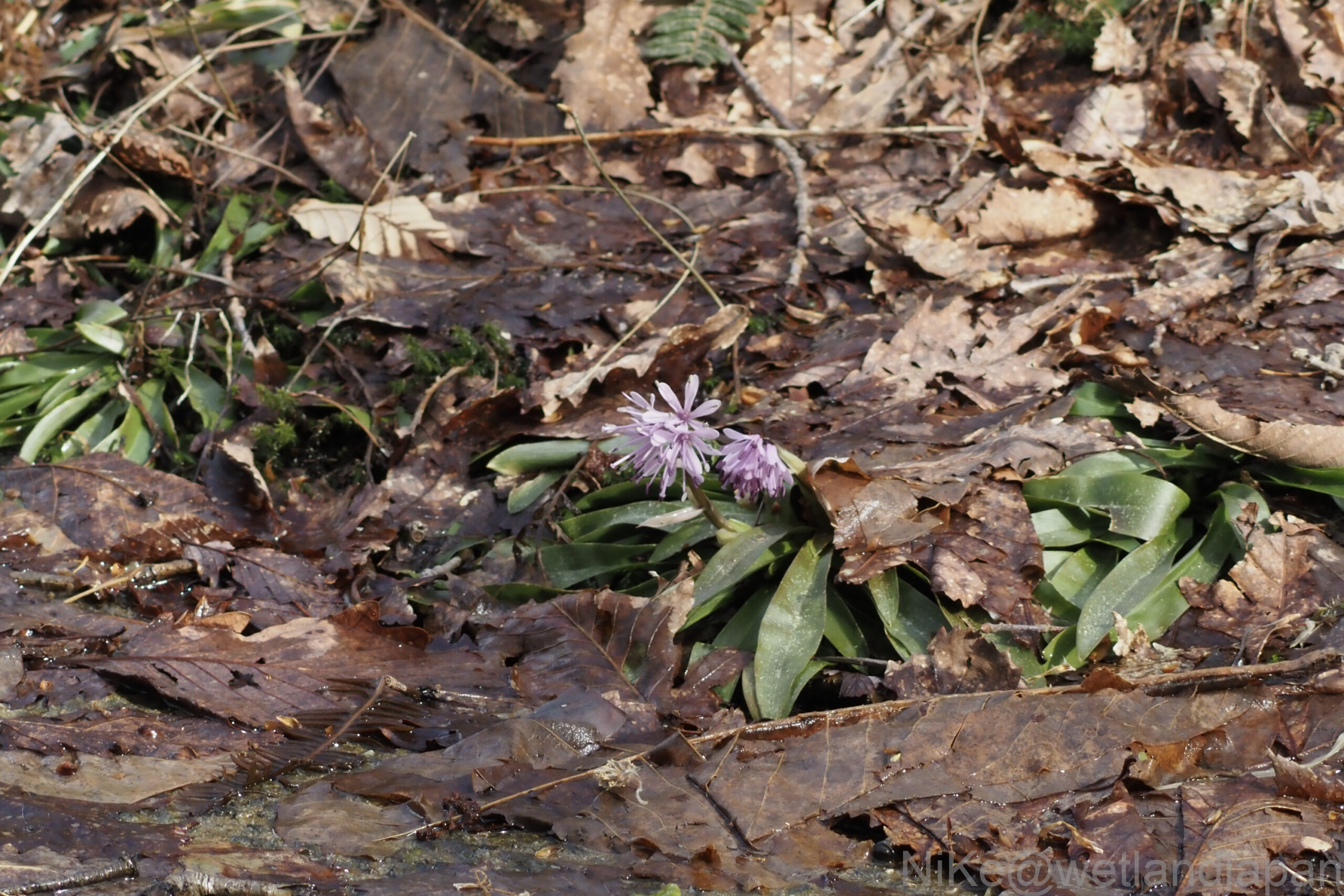
Late July
▼This is a landscape that cannot be seen in other wetlands, where forests and flowing water coexist.
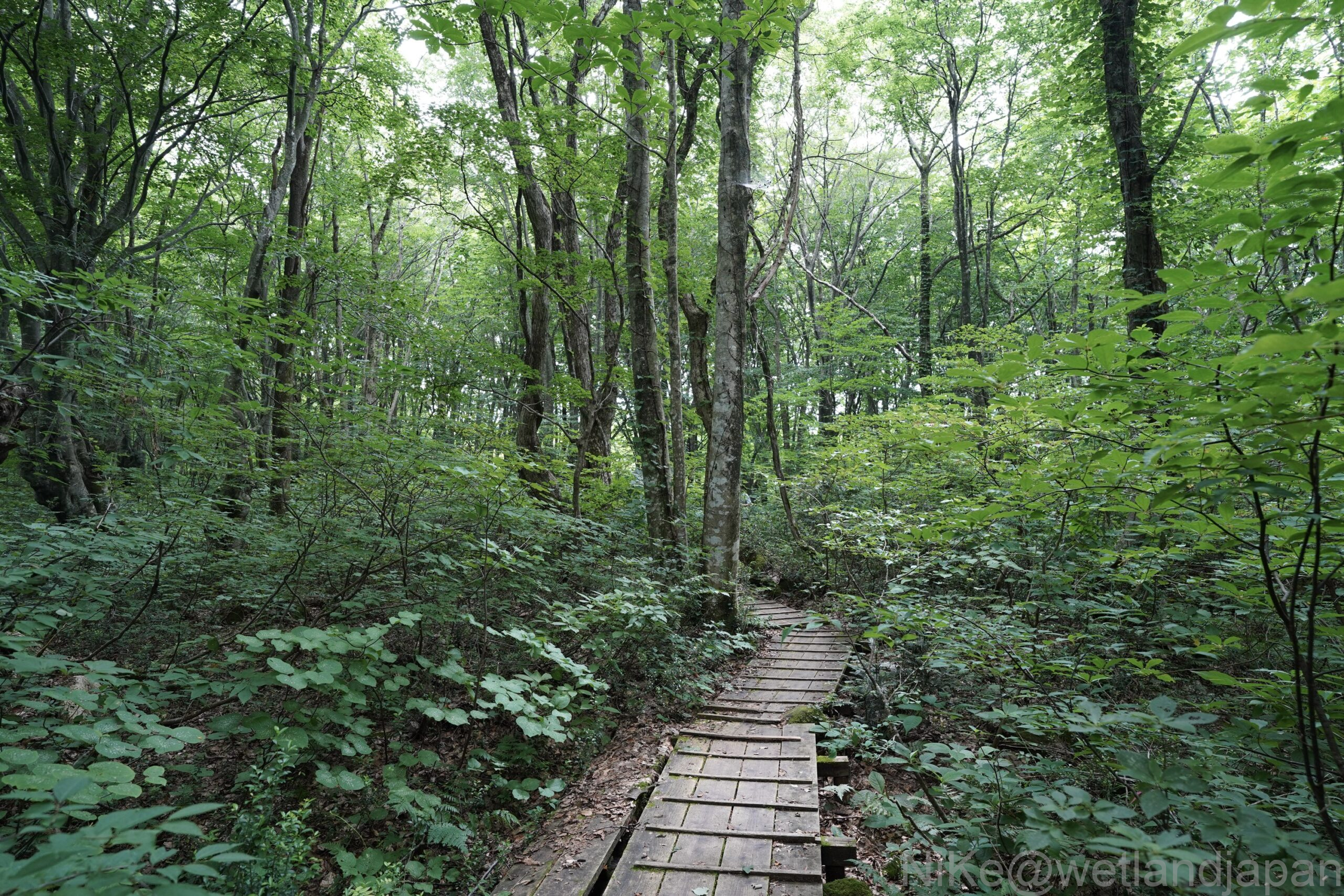
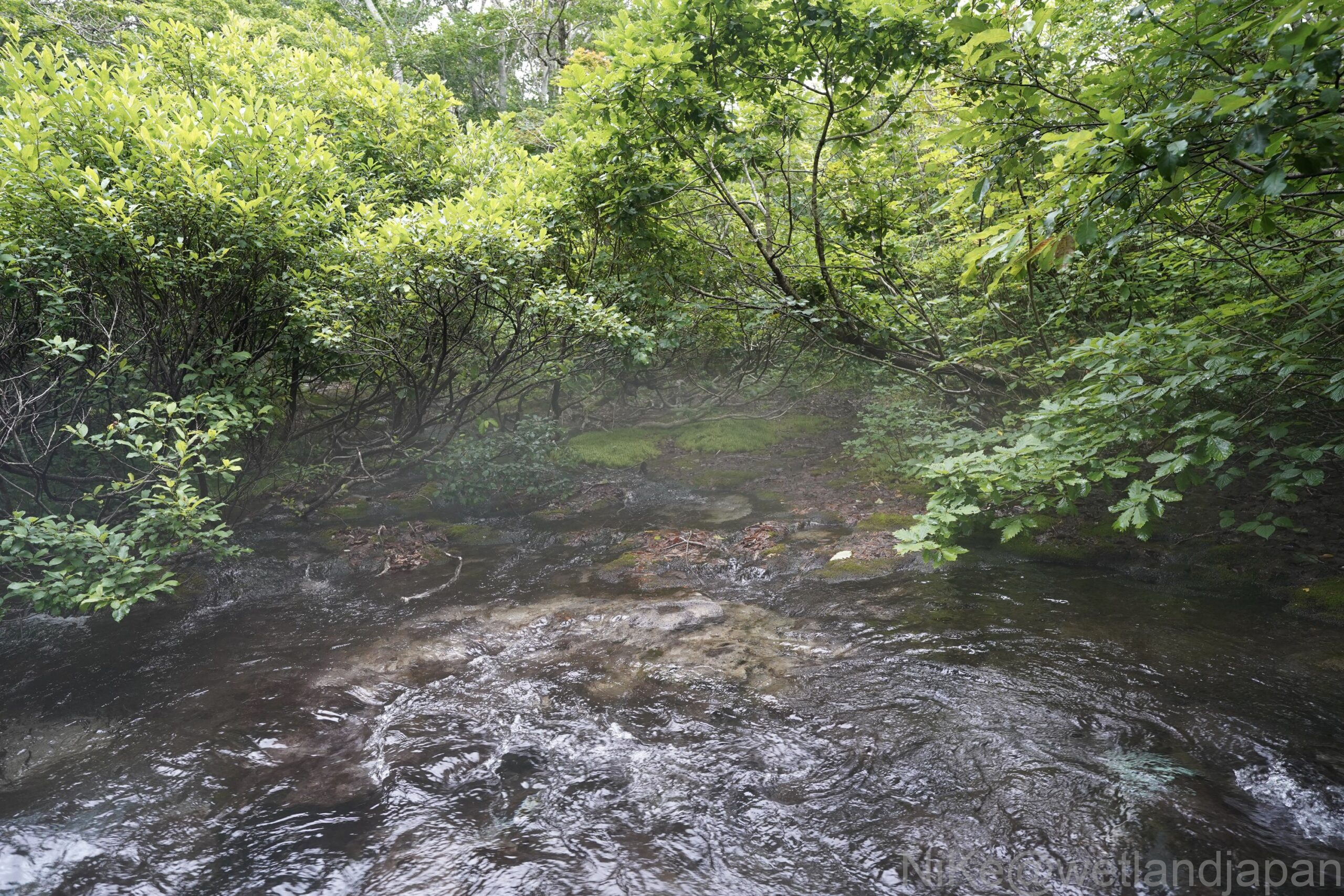
▼It is also known for the largest deformed beech in Japan, known as King Agariko, making it an interesting tourist spot.

Equipment, stamina, and skills
The roads are well maintained and easy to walk.
In the summer, there is little danger even if you dress lightly.
It's hot in the forest, but cool near the water. However, it's a 2.5 hour course, so you'll need to bring a drink.
▼There is a detailed map with distances and times marked on it.
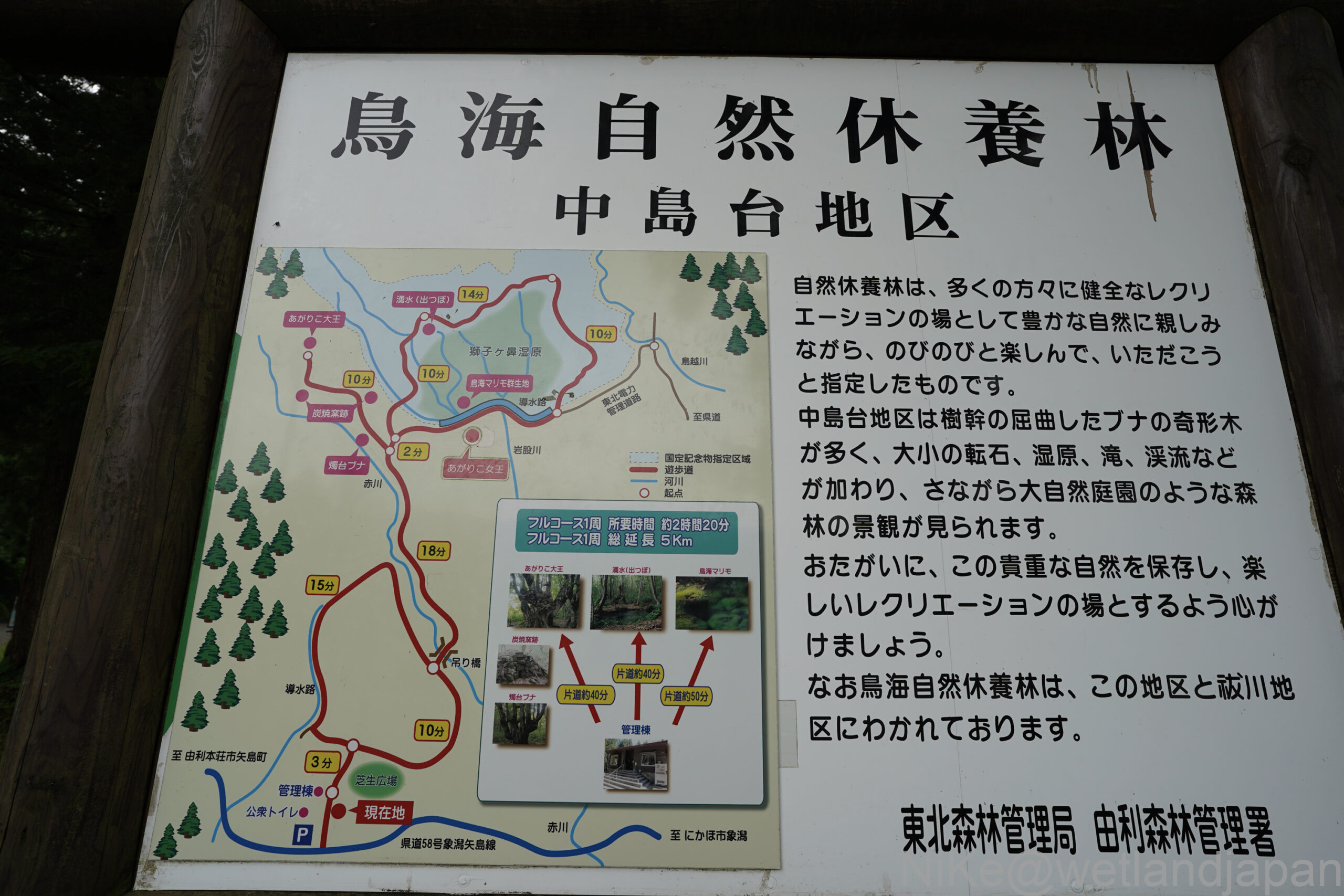
In early spring, there will be some snow remaining as shown below, so those who are not used to it should avoid it.

Visit the Marshes
facility
toilet
There are clean toilets available.

parking
▼The parking lot is large.
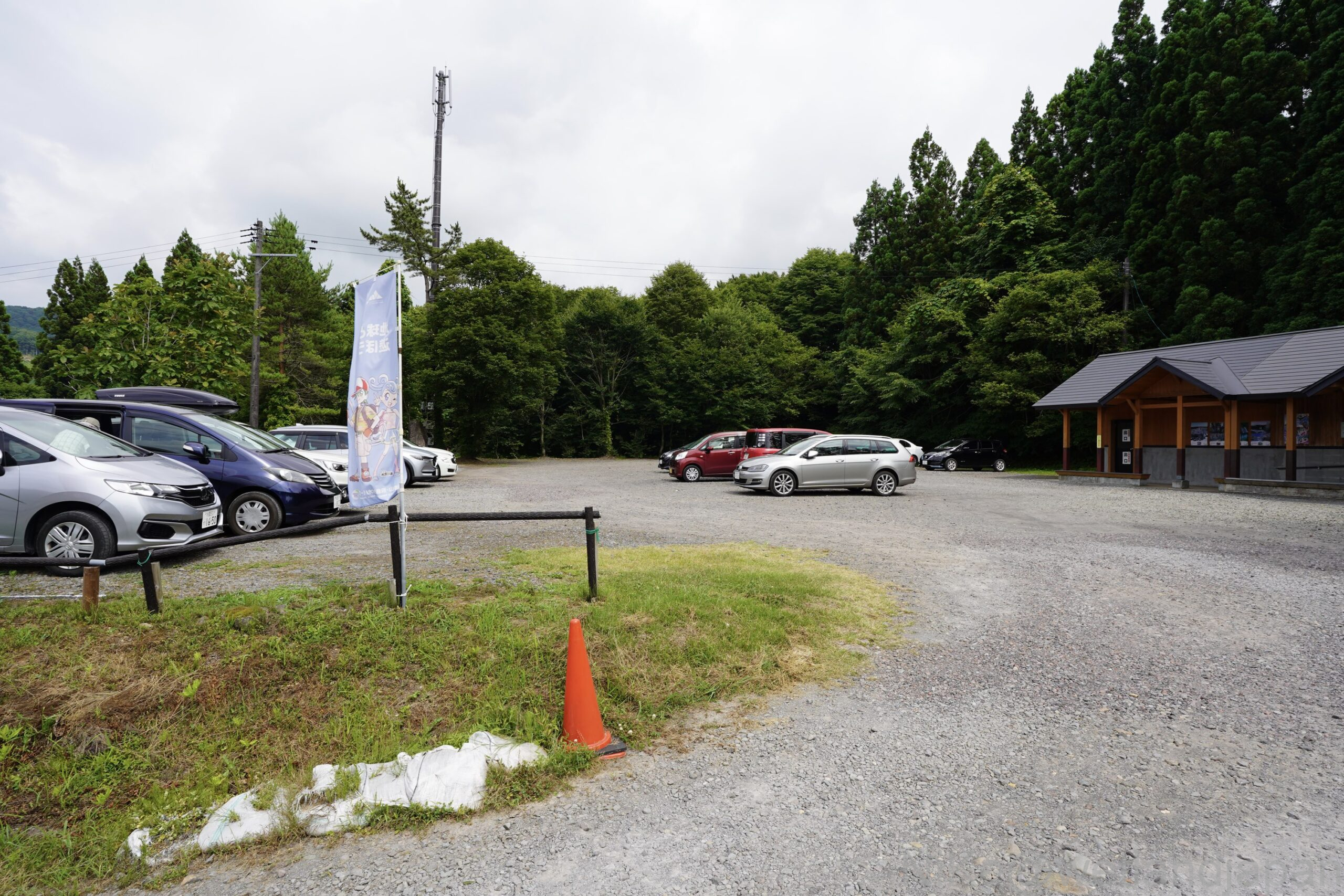
▼There is a rest area and vending machines at the entrance.
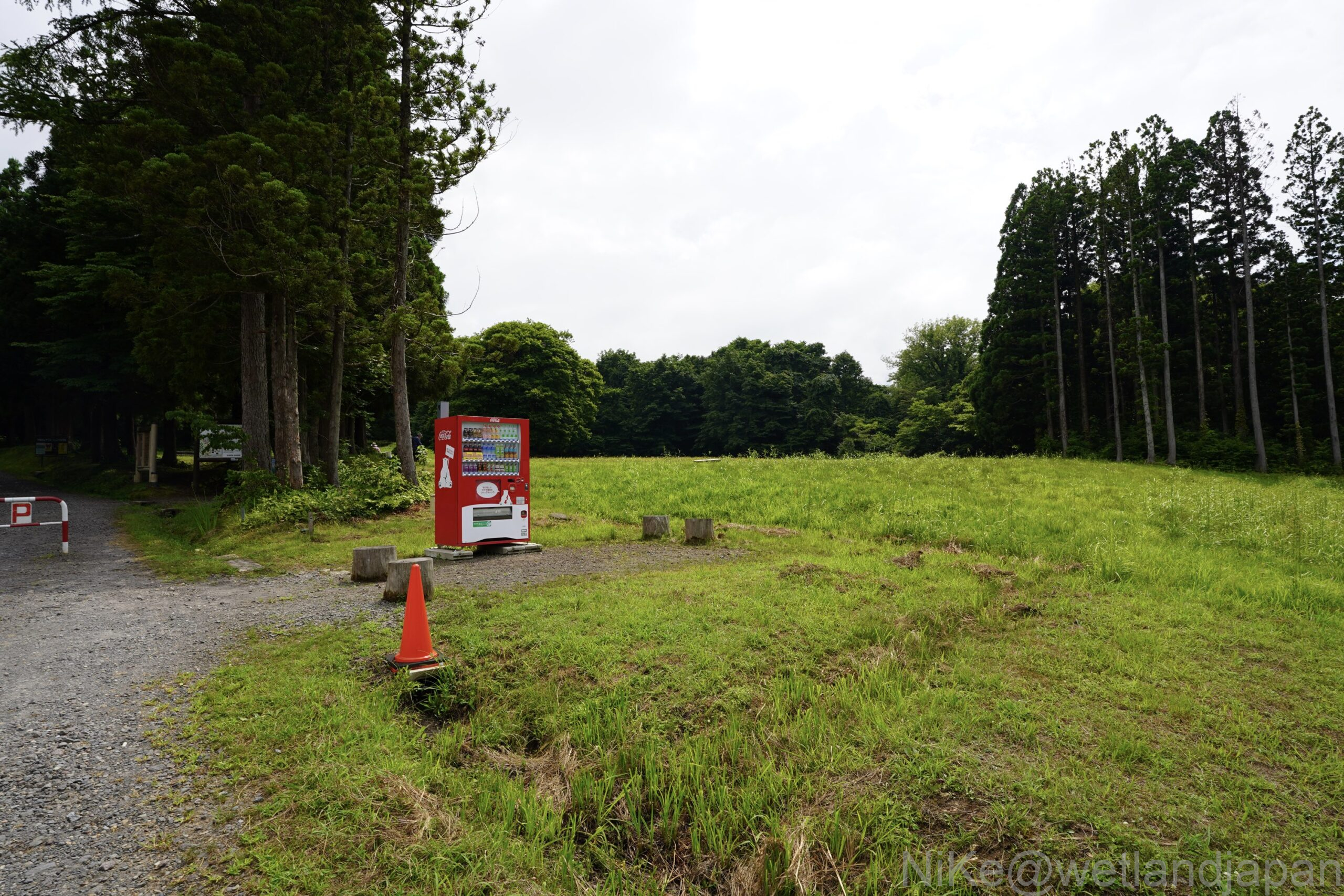
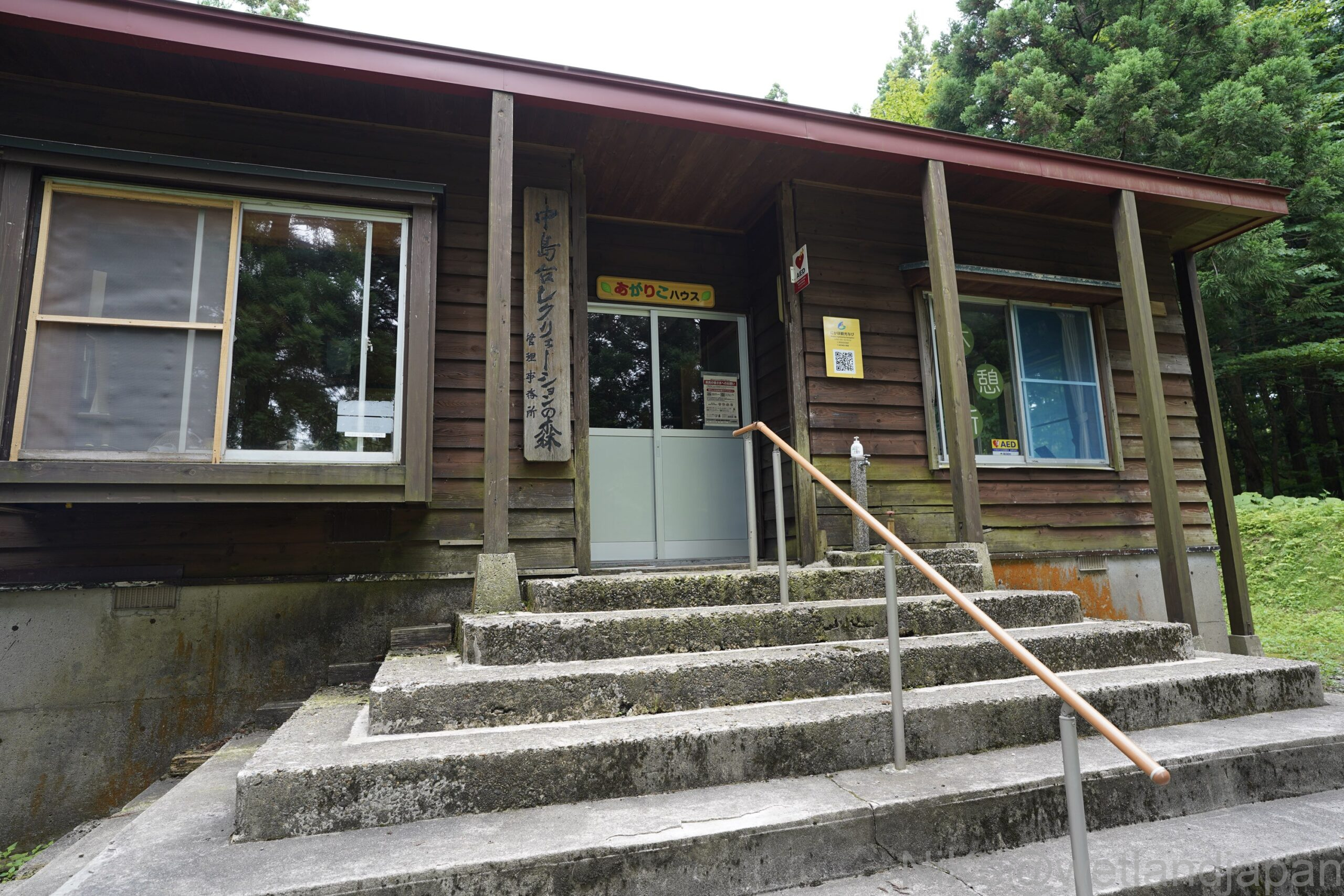
access
▼About 40 minutes from Yusahiko IC on the Nihonkai Tohoku Expressway
weather
▼There seems to have been a direct route from Yuzawa, Akita Prefecture, but it was closed to traffic in 2021.
